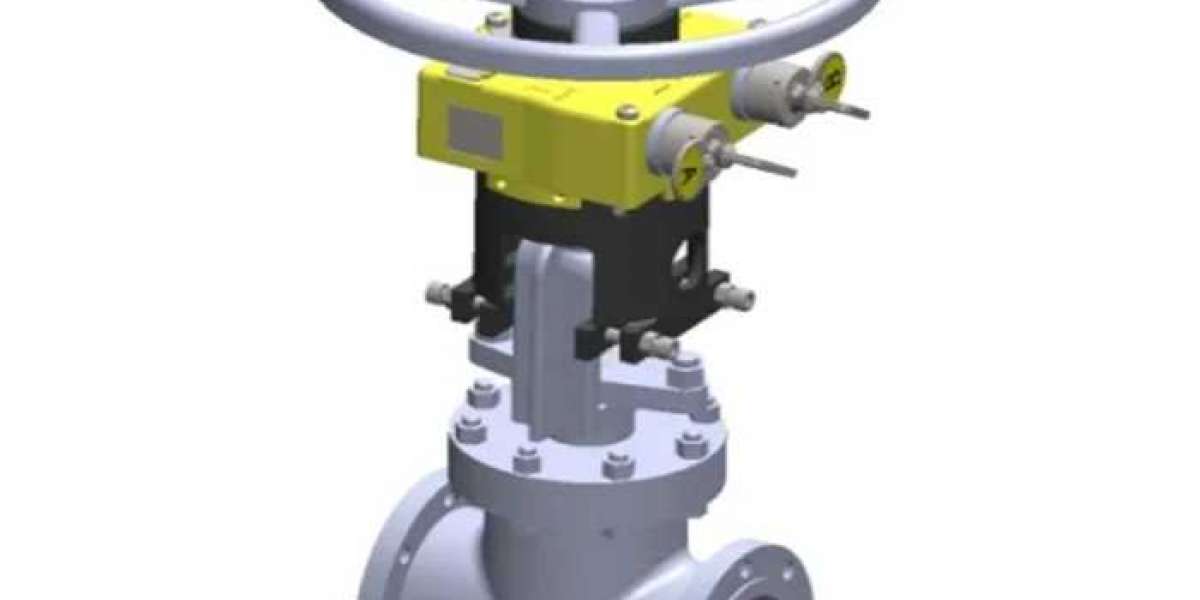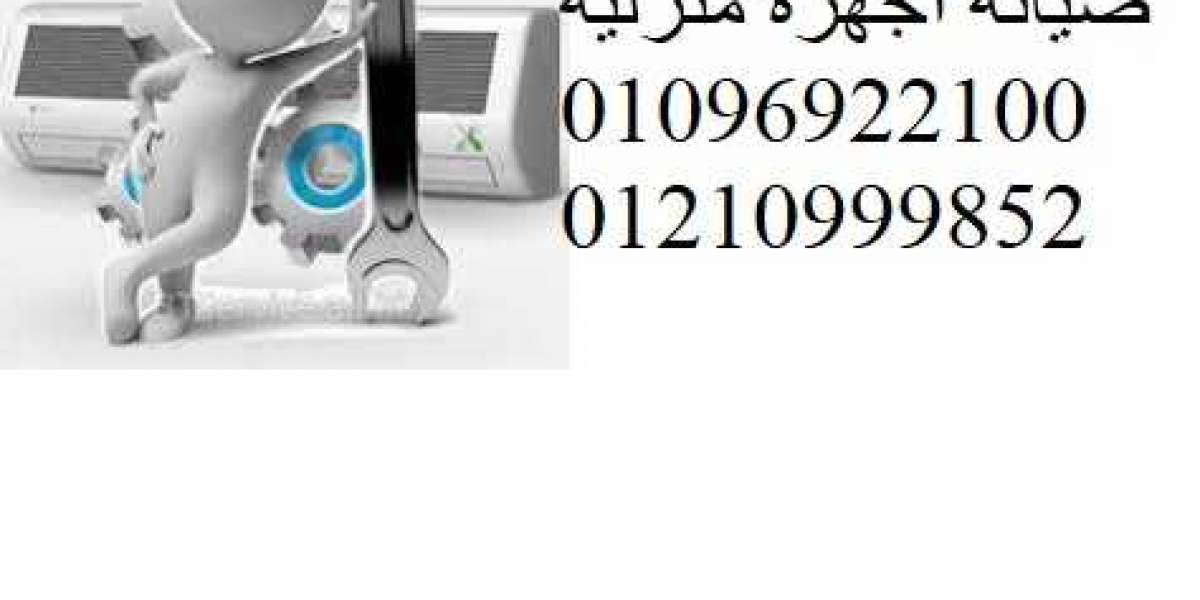Valve interlock is a safety control system commonly used in industrial production. It can ensure that valves operate under specific working conditions and prevent accidents caused by misoperation. Valve interlock is composed of multiple key components that work together to ensure the normal operation and safety performance of the system. This article will focus on the key components of valve interlock to better understand how the system works and functions.

Valves are the core component of valve interlock. They are used to control the flow of fluids in pipelines. Valves can be divided into two types: manual valves and automatic valves. Manual valves require manual operation to open or close, while automatic valves can be controlled by electrical or pneumatic signals. In valve interlock, automatic valves are generally more common than manual valves because they can control the flow of fluid more precisely and can be integrated with other system components.
The interlocking of automatic valves includes hand wheel lock, knob lock, and exchange box. When the automatic valve is in remote and local control states, the knob lock points to the corresponding remote and local states, and the valve can be opened and closed through remote and local methods. When the automatic valve is in the OFF state, the key on the knob lock is released, and the key can be used to unlock the handwheel lock and open and close the valve through the handwheel. After the handwheel is locked, the released key can be released through the exchange box (the key corresponds to the status of the valve).
Through interlocking to control on-site valves and radioactive sources, the status of on-site valves and radioactive source switches can be directly reflected in the DCS system. The main components include valve mechanical interlocking and radioactive source interlocking installed on on-site valves, as well as the exchange box and electromagnetic interlocking located in the central control room. The on-site valve mechanical interlocking and radioactive source interlocking are mainly used to lock the on-site valves and radioactive sources to ensure that they are in the designated process state during maintenance. The on-site valve mechanical interlocks and radioactive source interlocks form multiple groups of interlocks, and each group of interlocks has only one key that can be released. When all these keys are returned to the exchange box, the master key is released. The electromagnetic interlock can be unlocked with the master key, and the electromagnetic interlock feedback signal is sent to the DCS system. Through the information provided by the DCS system, the on-site maintenance situation can be judged.
In summary, the key components of valve interlock are valve interlock, radioactive source interlock, electromagnetic interlock, and exchange box. These parts work together to ensure the normal operation and safety performance of the system. By understanding these key components, we can better understand the working principle and function of valve interlock, and provide a reference for the design, installation, and maintenance of the system.
https://www.nudango.com/The-Key-Components-of-Valve-Interlock.html



